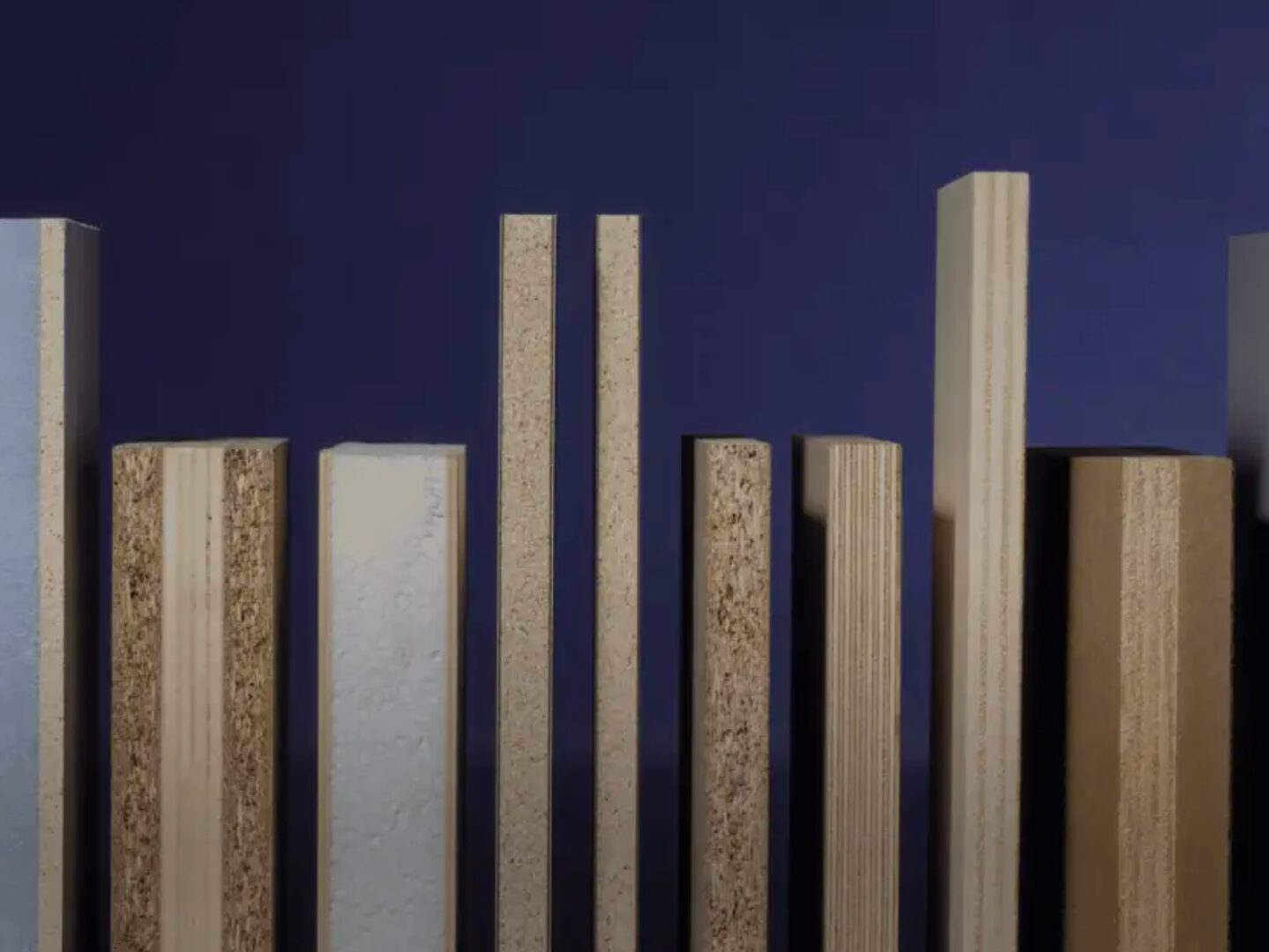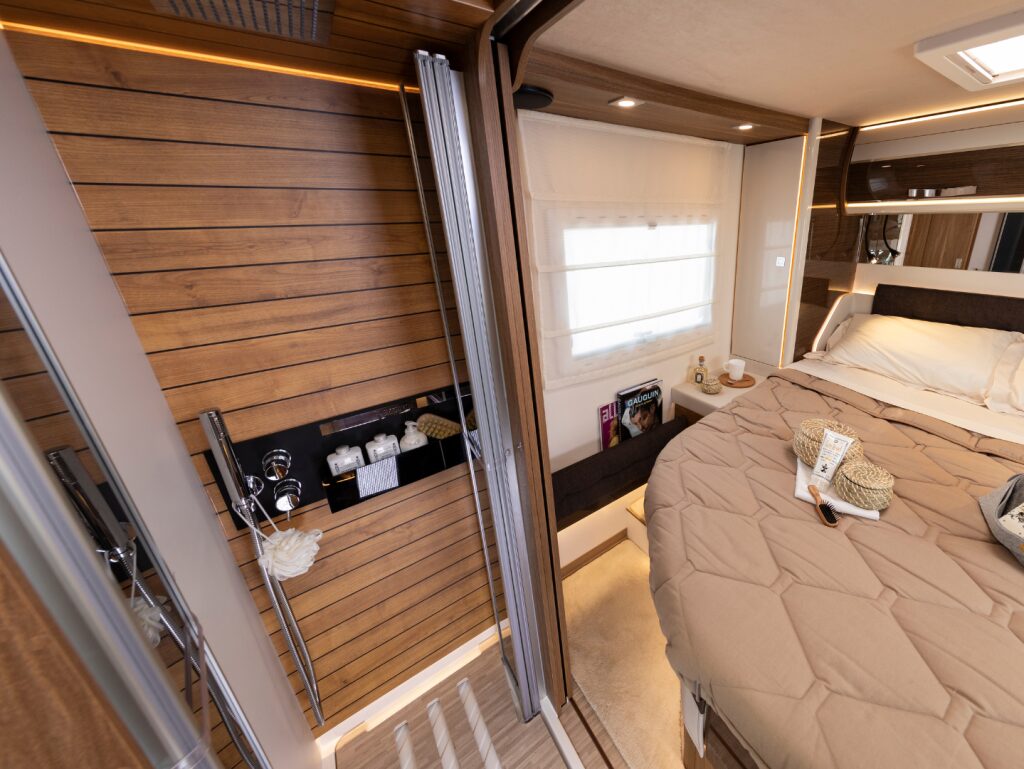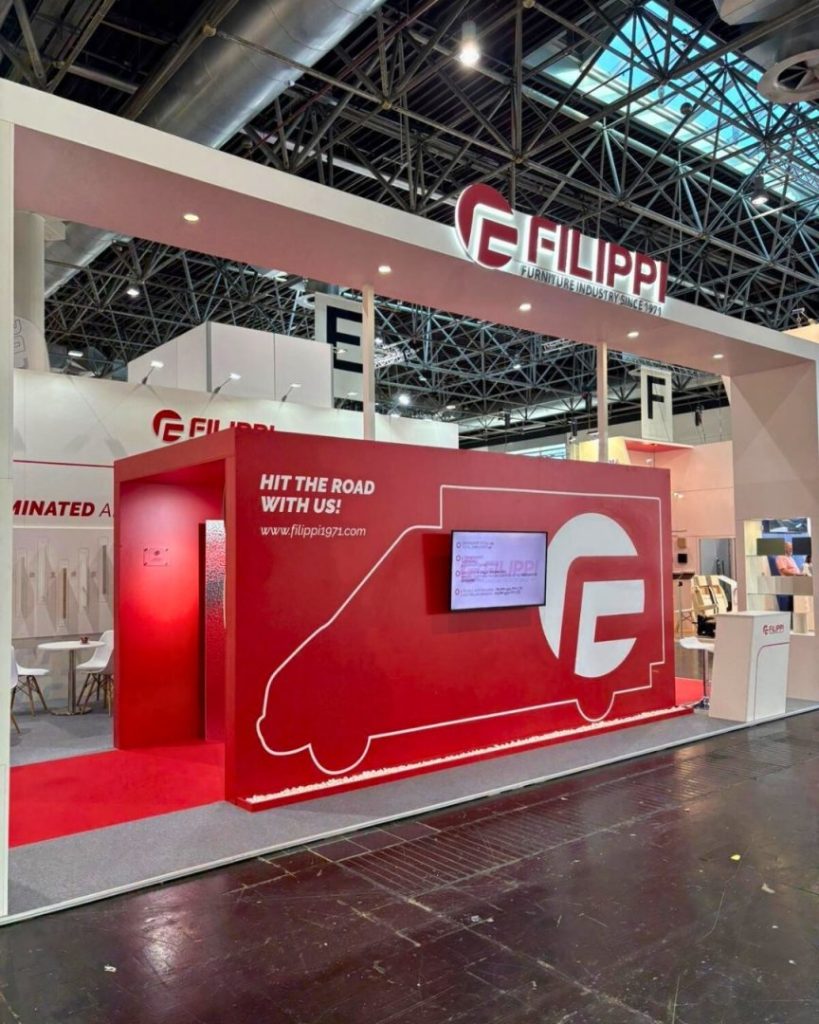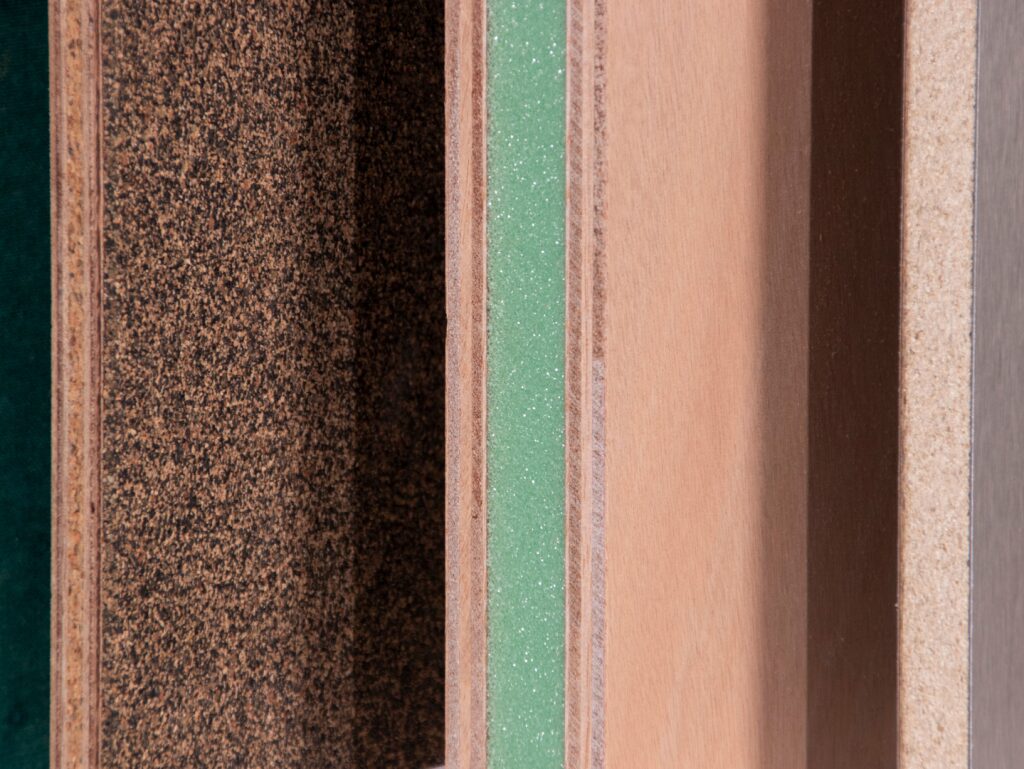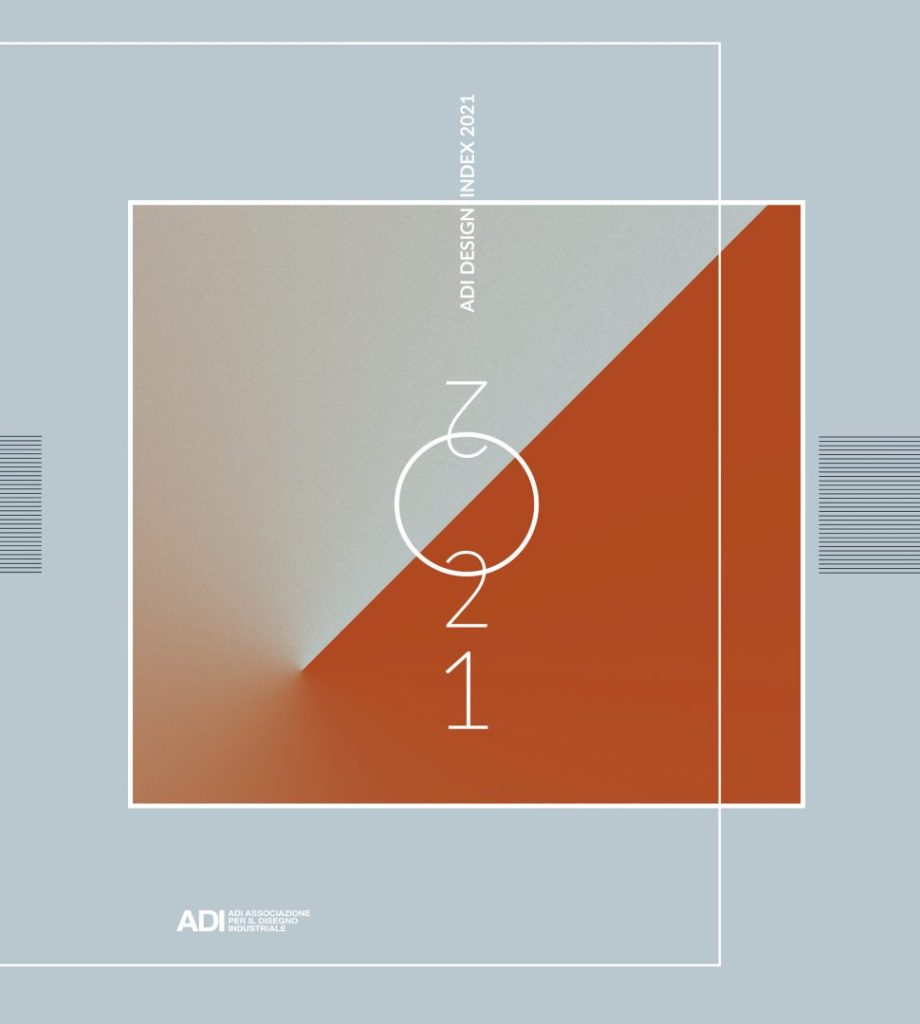For furniture manufacturers, choosing the right wood-based material is more than just a technical decision. It influences production processes, cost structures, design possibilities, and ultimately, market competitiveness. The most frequent decision is between MDF or particleboard. Both materials have established themselves in the furniture industry, but they differ in production, properties, and areas of application. While MDF is valued for its homogeneous structure and precise workability, particleboard convinces with cost-effectiveness and versatility. Parallel to this, the demand for innovative solutions such as sandwich panels is growing, as they allow for weight reduction, increased stability, and new design opportunities. This article provides a comprehensive guide and is specifically aimed at furniture manufacturers who want to make informed decisions.
Properties of MDF in Furniture Production
Medium-Density Fibreboard (MDF) is composed of very fine wood fibres pressed with resins under high pressure. The result is a homogeneous, heavy, and particularly compact material. For furniture manufacturers, this offers clear advantages:
- Workability: MDF can be precisely routed, drilled, and profiled. It is therefore ideal for profiled fronts, decorative elements, or complex shapes.
- Surface Quality: Thanks to the smooth structure, MDF panels can be flawlessly painted or coated. In the premium segment, this allows for high-quality, uniform surfaces without visible pores.
- Stability: MDF has a higher density than particleboard, which ensures better load-bearing capacity. It is therefore particularly suitable for doors, drawer fronts, or heavily used surfaces.
- Design Flexibility: The homogeneous structure allows for precise edge working, which is crucial for sophisticated design.
However, there are also limitations: MDF is heavier, making transport and handling more complex, and it is sensitive to moisture. A specific water-repellent variant is therefore necessary for kitchens or bathrooms.
Advantages and Limitations of Particleboard
Particleboard is one of the most widely used materials in the furniture industry. It consists of wood chips pressed with resins. For manufacturers, it primarily offers economic advantages:
- Cost-Effectiveness: Particleboard is less expensive than MDF, making it ideal for mass production and price-sensitive segments.
- Variety of Decors: Thanks to modern coating techniques, particleboard panels are available in countless finishes – from wood grains to solid colours to structured surfaces. This allows trends to be quickly and affordably integrated into production.
- Lightweight Options: Combined with sandwich structures, particleboard panels can significantly reduce the weight of furniture. This is particularly beneficial for large elements such as cabinet sides or tabletops.
Limitations emerge in terms of strength and moisture sensitivity. Particleboard can sag under heavy loads and swells quickly when exposed to water. Therefore, it is only suitable to a limited extent for applications with heavy stress or in humid environments.
Which is better: Particleboard or MDF?
The choice between MDF and particleboard depends heavily on the area of use and cannot be determined unequivocally.
- In the living room furniture sector, MDF is mainly used for fronts, as it is ideal for lacquered surfaces and elaborate profiling. Particleboard, on the other hand, is often used for carcasses, representing an economically advantageous solution.
- In the kitchen, moisture resistance plays a crucial role. Specially treated, water-resistant MDF ensures the necessary stability for fronts, while particleboard is suitable for carcasses, provided it is coated with high-quality materials.
- A clear division also emerges in office furniture: MDF is preferred for durable surfaces such as desk tops, while particleboard shows its strengths in large elements such as shelves or cabinet sides.
- Finally, in the premium segment, manufacturers aiming for the highest aesthetic and tactile quality almost exclusively choose MDF, where the finish and flawless surface are prioritized.
In practice, a combination of both materials often proves to be the best solution from an economic and technical point of view. Furthermore, innovative materials like sandwich panels open up new possibilities: thanks to their structure with two outer layers and a light core, they can realize stable, lightweight, and at the same time high-quality furniture components.
Sustainability and Environmental Aspects
Sustainability is a central theme for furniture manufacturers. Both MDF and particleboard use wood waste and thus contribute to resource efficiency. However, there are differences:
- Particleboard often contains a high percentage of recycled wood, making it particularly sustainable.
- MDF requires finer fibres, often obtained from virgin wood, which means a higher environmental impact.
Binders also play a decisive role: resins can release formaldehyde, which is why low-emission or formaldehyde-free variants are increasingly in demand on the market. It is crucial for you to choose certified materials (e.g., FSC, PEFC) to comply with ecological standards and meet consumer expectations. Lightweight and sandwich panels are also gaining importance: they reduce weight, optimize material consumption, and enable more efficient transport. This is a clear competitive advantage for manufacturers adopting sustainable production strategies.
Practical Tips for Selection
When weighing up MDF, particleboard, and innovative solutions such as sandwich panels, you should consider the following criteria:
- Mechanical Strength: For heavily stressed elements such as tabletops or shelves, MDF is the more stable choice. Particleboard should only be used with reinforcement or in combination with sandwich cores.
- Surface Quality: For lacquered or high-gloss fronts, MDF guarantees superior results. Particleboard, on the other hand, is ideal for coated surfaces with wood or solid colour decor.
- Moisture Resistance: In kitchens and bathrooms, only coated or treated panels should be used. Water-repellent MDF is a safe solution.
- Weight: For large elements, lightweight panels offer significant advantages. They facilitate assembly and transport and reduce logistics costs.
- Innovation Potential: If you want to differentiate yourself, you should focus not only on classic materials but also on new solutions such as lightweight sandwich panels, which offer versatility, aesthetic variety, and sustainability benefits.
Contact us to find out more about our products
The choice between MDF and particleboard is a key factor for manufacturers, capable of influencing costs, design, and final quality. MDF excels in stability, precision machining, and high-quality surfaces, while particleboard represents an economic solution for standard applications. The future, however, lies in the intelligent use of both materials, supplemented by innovative solutions such as lightweight sandwich panels. For you, this means: knowing the specific material characteristics and being able to apply them strategically allows you not only to produce functional and aesthetically pleasing furniture but also to meet the demands for sustainability and efficiency. The right material choice is therefore a strategic step that determines long-term competitiveness and market success. Discover Filippi 1971’s offering of wood-based panels and the innovations serving the materials of the future.

